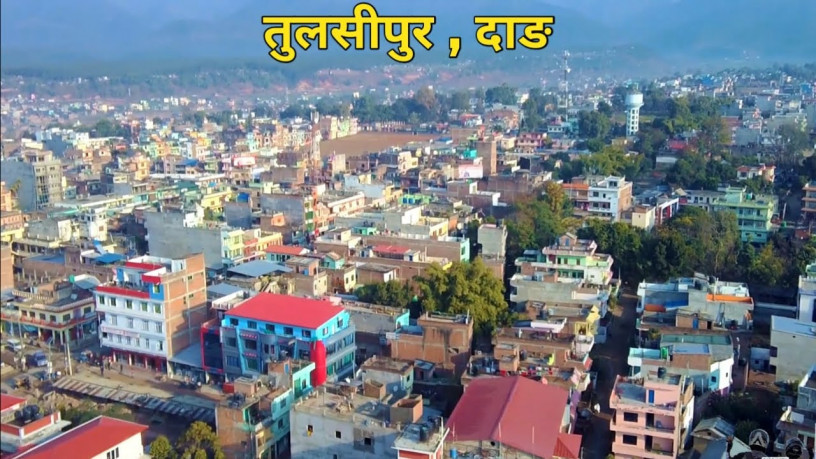Tulsipur: A Growing Urban Hub in Western Nepal Professional
Jul 9th, 2024 at 15:43 Blogs Tulsīpur 216 views Reference: 1396Location: Tulsīpur
Price: Contact us
Tulsipur: A Growing Urban Hub in Western Nepal
Tulsipur, located in the Dang Deukhuri District of Rapti Zone in western Nepal, is emerging as a significant urban center in the region. Nestled amidst the foothills of the Himalayas, Tulsipur combines natural beauty with cultural heritage, making it an increasingly popular destination for tourists and a hub for local commerce and administration.
Historical and Cultural Significance
Tulsipur's history is intertwined with the ancient civilizations and trade routes that have crisscrossed this region for centuries. As with many towns in Nepal, Tulsipur has a diverse cultural tapestry, influenced by various ethnic groups such as the Tharu, Magar, Brahmin, and Chhetri communities. This diversity is reflected in the city's festivals, traditions, and daily life.
Economic Activities
The economy of Tulsipur is primarily based on agriculture, with fertile lands supporting the cultivation of crops such as rice, wheat, maize, and millet. Livestock farming, particularly cattle rearing, also contributes significantly to the local economy. In recent years, the city has seen growth in small-scale industries, commerce, and services, catering to the needs of its expanding population and visitors.
Infrastructure and Development
Tulsipur is equipped with basic infrastructure, including schools, health centers, markets, and government offices. The city serves as the administrative headquarters of the Dang Deukhuri District, making it a focal point for governance and public services in the region. Efforts are ongoing to improve infrastructure, expand educational opportunities, and enhance healthcare facilities to meet the needs of its residents.
Tourist Attractions
Tulsipur offers several attractions for visitors:
-
Shreenagar Hill: Located near Tulsipur, Shreenagar Hill offers panoramic views of the surrounding valleys and hills. It's a popular destination for hiking and nature enthusiasts.
-
Rani Mahal: A historic palace located along the banks of the Kali Gandaki River, Rani Mahal is known for its architectural beauty and historical significance. It attracts tourists interested in exploring Nepal's royal history.
-
Local Markets and Festivals: Tulsipur hosts vibrant markets where visitors can experience local culture and purchase handicrafts, textiles, and traditional artifacts. Festivals such as Dashain, Tihar, and Teej are celebrated with fervor, showcasing local traditions, music, and dance.
Connectivity
Tulsipur is well-connected to neighboring towns and cities by road. The Siddhartha Highway, a major arterial road in western Nepal, passes through Tulsipur, facilitating travel and transportation of goods. Public buses, taxis, and private vehicles provide transportation within the city and to nearby attractions.
Future Prospects
As Tulsipur continues to grow and develop, there is a focus on sustainable urban planning, environmental conservation, and promoting tourism. Local authorities and community initiatives are working towards preserving cultural heritage, enhancing infrastructure, and fostering economic opportunities to ensure a prosperous future for residents and visitors alike.
Conclusion
Tulsipur, with its blend of cultural heritage, natural beauty, and economic vitality, offers a glimpse into the dynamic spirit of western Nepal. Whether exploring historic sites, enjoying scenic landscapes, or experiencing local traditions, visitors to Tulsipur are sure to be enchanted by its charm and hospitality. As the city evolves and embraces new opportunities, Tulsipur stands poised to emerge as a key destination for travelers seeking authentic Nepalese experiences amidst the splendor of the Himalayas.


